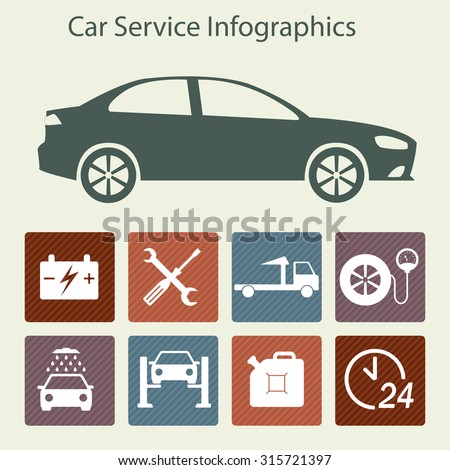Assessing Your Automobile'S Caution Indicators: What They Truly Convey
Assessing Your Automobile'S Caution Indicators: What They Truly Convey
Blog Article
Written By-Higgins Forbes
When you lag the wheel, those radiant caution lights on your dashboard can be a little bit difficult. Do you recognize what they're trying to inform you about your automobile's health? Understanding the relevance of these lights is essential for your safety and the long life of your car. So, mobile car detailing auckland among those lights turns up, would not you intend to decode its message accurately and take the necessary actions to resolve it?
Common Caution Lighting and Interpretations
Recognize common caution lights in your auto and recognize their meanings to make certain safe driving.
One of the most regular caution lights include the check engine light, which signals issues with the engine or emissions system. If this light begins, it's important to have your lorry checked without delay.
The oil stress alerting light shows reduced oil pressure, requiring instant attention to prevent engine damages.
A blinking battery light might recommend a defective billing system, potentially leaving you stranded if not resolved.
The tire stress surveillance system (TPMS) light informs you to low tire stress, influencing automobile stability and fuel efficiency. Disregarding this can result in hazardous driving conditions.
The ABS light shows an issue with the anti-lock braking system, endangering your capability to quit promptly in emergencies.
Last but not least, the coolant temperature level cautioning light warns of engine getting too hot, which can result in extreme damage if not fixed promptly.
Recognizing https://denverite.com/2022/06/07/the-future-of-the-broadway-firestone-auto-shop-262-new-homes-or-preserving-car-culture/ will assist you address problems promptly and keep secure driving conditions.
Importance of Prompt Attention
Comprehending the usual warning lights in your car is just the initial step; the relevance of quickly dealing with these warnings can't be highlighted enough to ensure your security on the road.
When a warning light brightens on your control panel, it's your cars and truck's way of connecting a prospective issue that requires interest. Disregarding these cautions can lead to extra extreme troubles in the future, endangering your safety and potentially costing you much more out of commission.
Trigger attention to warning lights can avoid malfunctions and accidents. For example, a blinking check engine light might indicate a misfire that, if left unattended, might trigger damage to the catalytic converter. Resolving this promptly can conserve you from an expensive fixing.
In a similar way, a brake system cautioning light could indicate reduced brake liquid or worn brake pads, critical parts for your safety when driving.
Do It Yourself Troubleshooting Tips
If you notice a caution light on your control panel, there are a few DIY fixing pointers you can attempt before looking for specialist assistance.
The initial step is to consult your auto's manual to recognize what the particular warning light indicates. In some cases the issue can be as basic as a loosened gas cap triggering the check engine light. Tightening up the gas cap might fix the trouble.
An additional usual issue is a low battery, which can trigger numerous warning lights. Examining the battery connections for deterioration and ensuring they're safe and secure could fix the problem.
If a caution light continues, you can try resetting it by separating the cars and truck's battery for a few mins and after that reconnecting it. Furthermore, examining your automobile's liquid levels, such as oil, coolant, and brake fluid, can help fix advising lights connected to these systems.
Final thought
In conclusion, recognizing your automobile's warning lights is necessary for maintaining your automobile running efficiently and safely. By quickly attending to these informs and knowing what they indicate, you can avoid pricey fixings and prospective failures.
Bear in mind to consult your automobile's handbook for certain details on each warning light and take action as necessary to ensure a hassle-free driving experience.
Stay educated, remain safe when traveling!
